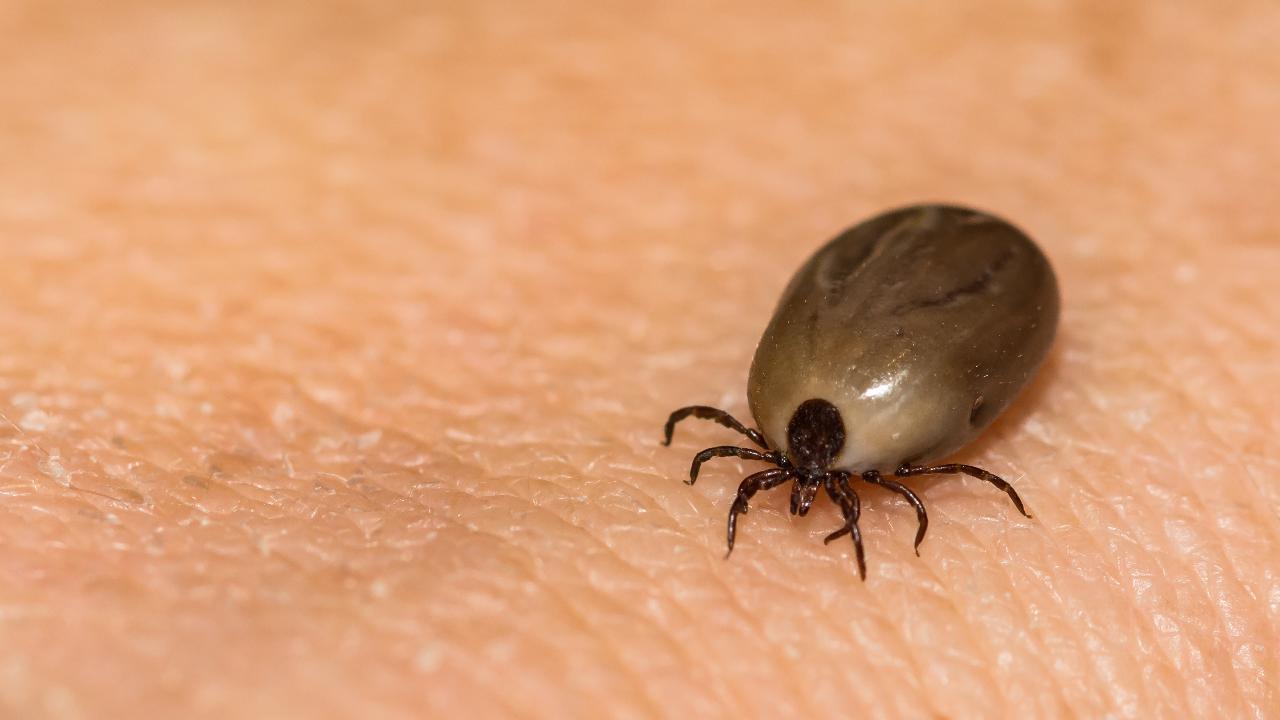[ad_1]
What is Lyme disease?
New reports estimate that every state in the U.S. has seen cases of Lyme disease. What exactly is the tick-riddled disease and how can you be sure you have it?
Ticks can be infected with bacteria, viruses, or parasites. Some of the most common tick-borne diseases in the United States include Lyme disease, babesiosis, ehrlichiosis, and Rocky Mountain Spotted Fever, according to the federal Centers for Disease Control and Prevention.
HAWAII CONFIRMS 3 RECENT CASES OF RAT LUNGWORM DISEASE IN US VISITORS, SAYS TOURIST ATE SLUG ON DARE
Lyme disease causes fever, headache, fatigue and a skin rash, and if left untreated, can spread to a person’s joints, heart, and nervous system. Of particular concern is Powassan disease, which is reportedly on the rise. Marked by fever, headache, vomiting, weakness, confusion, seizures and memory loss, this tick-borne illness may cause long-term neurological damage, according to the CDC.
1. Stay the course

Don’t go bushwhacking or run off into the brushes.
(iStock)
“Avoid heavily wooded areas and shrubbery as these are more likely to harbor ticks,” says infectious disease specialist Sunil Sood, MBBS, chairman of pediatrics at Northwell Health’s Southside Hospital in Bay Shore, NY.
In other words, don’t go bushwhacking or run off into the brushes.
“Ticks climb onto blades of grass and brush on the side of trails, so walk in the center of a trail and try not to brush up against grass and make sure to avoid leaf litter too,” adds Sunjya Schweig, MD, member of the board of adviser for the Bay Area Lyme Foundation and the CEO and co-director of the California Center for Functional Medicine in Berkeley, Calif. “Ticks also like to congregate under logs or trees, so don’t take a break by sitting under an oak tree or on a log.”
Curious to learn more? Check out the world from a tick’s perspective.
2. Ask around

Ask a ranger or another official about the tick situation.
(iStock)
If you are planning to hike or spend time in a park or recreational area, ask a forest ranger or another official about the current tick situation, says tick expert John Abbott, PhD, director of museum research and collections at the University of Alabama Museums in Tuscaloosa.
3. Use insect repellant

Products containing DEET include Off!, Cutter, Sawyer, and Ultrathon.<br data-cke-eol=”1″>
(iStock)
“DEET (chemical name, N,N-diethyl-meta-toluamide) is very safe if you are older than 2 months,” Dr. Sood says. “Choose and use products with 25 to 50 percent DEET which should provide up to six hours of prevention.”
BRITISH TOURIST CLAIMS HE CONTRACTED PARASITE ON ALL-INCLUSIVE TRIP TO MEXICO
Products containing DEET include Off!, Cutter, Sawyer, and Ultrathon.
“Children should not touch repellent. Adults should apply it to their hands and gently spread it over the child’s exposed skin,” he says. Find out everything you need to know about insect repellants.
4. Dress the part

Some clothing is already insecticide-treated.<br data-cke-eol=”1″>
(iStock)
“Wear closed, tight shoes and long pants. You want clothing between you and the environment,” Abbott says.
Some clothing is already insecticide-treated including those sold at Insectshield. Another option is permethrin, Sood adds.
“Apply it to clothing including hats, shorts, socks, and sneakers as well as outdoor furniture such as patios and tents–but not skin,” he says. “Soak the items well and let it dry overnight and use DEET on exposed skin—these combined measures are probably the best tick prevention out there.”
CLICK HERE TO GET THE FOX NEWS APP
Another tip: If you wear light-colored clothing, you will be better able to spot any ticks and brush them off before they make it to your skin, says Marc Alabanza, program director at GroundSea Fitness in Great Barrington, MA.
5. Head for the dryer when you get home

Putting clothes in the high heat atmosphere for a period of time will kill any ticks that have attached themselves to the items.
(iStock)
“Take off all of your clothing and socks and place them in the dryer on its highest setting for 20 minutes after coming in from a hike or time in a park,” Schweig says. This will kill any ticks including those that carry Lyme disease that may have attached themselves to your clothing or socks, he says.
[ad_2]
Source link

